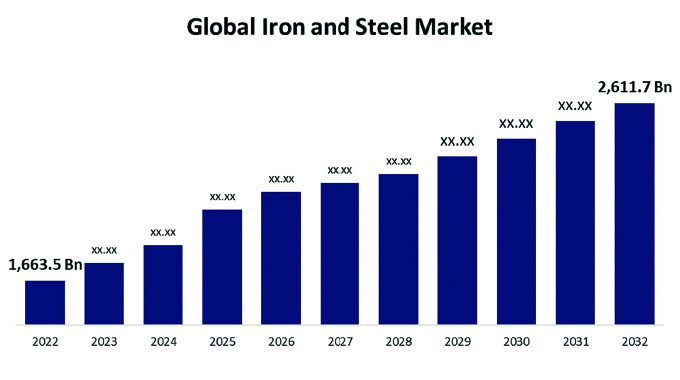‘TSP addresses fiscal imbalances’

Golden Sibanda Senior Business Reporter
THE Government’s short-term economic blueprint, the Transitional Stabilisation Programme (TSP), is resolving structural or fiscal deformities contributing to the current instability of the economy, economic analysts have said.
The short-term economic blue-print, scheduled to run for two years until 2020, was introduced in October last year and is already bearing fruit in the form of successive budget surpluses since November, which saw a $443 million first quarter 2019 excess.
Fiscal or structural balance refers to the matching of ongoing expenditures with ongoing revenues. If revenues equal or exceed expenditures, structural balance (surplus) is achieved.
If expenditures exceed revenues, structural imbalance (deficit) occurs.
In 2017, the Government spent beyond its 2017 revenues by a whopping US$2,52 billion, which resulted in huge debt and has to be carried by the taxpayer, resulting in excessive money supply blamed for current inflationary pressures.
Zimbabwe has faced deep structural imbalances, says equities and economic research firm Inter Horizon (IH) Securities, since the Southern African country dollarised in 2009 to break the nearly decade-long bubble of hyper-inflation.
Fiscal deficits due to excessive public expenditure, worsened between 2016 and 2018 and Government issued Treasury Bills (funded through local currency nominally equal to the US dollar) to finance its obligations, while the external debt spiked.
“The fragile equilibrium was maintained through exchange controls and other restrictions on access to foreign exchange, providing a deep distortion for economic activity.
“In a bid to halt the macro-economic imbalances by halting the issuance of the quasi-currency instruments to finance the deficit, the new administration led by President Mnangagwa, after the 37-year long Mugabe era, produced a comprehensive structural reform programme, dubbed Transitional Stabilisation Programme (TSP), to address structural rigidities,” IH Securities said.
Only last month, the International Monetary Fund (IMF) approved a Staff-Monitored Programme (SMP) for Zimbabwe, covering the period May 2019 to March 2020, being a reform framework to support the new Government’s ongoing economic reform agenda enunciated in the TSP.
United States Ambassador to Zimbabwe, Brian Nichols said recently the International Monetary Fund’s Staff Monitoring Programme and the Transitional Stabilisation Programme were the right way forward to get Zimbabwe back on its feet.
He noted that Zimbabwe had tremendous potential and wonderful human capital, but would not fix the two decades of failed policies overnight, further pointing out that the SMP and TSP provided the foundation to resolving the issues.
The SMP will be monitored on a quarterly basis and it is intended to assist the authorities in building a track record of implementation of a coherent set of economic and social policies to facilitate a return to macroeconomic stability and assist in reengagement with the international community, including global lenders.
Economic policies under the SMP target restoration of macroeconomic and financial sector stability through implementing a large fiscal adjustment, the elimination of central bank financing of the fiscal deficit and adoption of reforms to allow the effective functioning of market-based foreign exchange and debt markets.
Other structural reforms include steps to reform and privatise state owned entities, enhance governance including in procurement and revenue administration, and to improve the business environment.
The IMF will support Government’s efforts in all policy areas covered by the SMP through tailored technical assistance. The reforms will lay the foundation for global re-engagement, including of creditors to reopen access to cheaper offshore financing.
“Zimbabwe remains in debt distress, with external arrears of US$7,4 billion and domestic debt of $9,5 billion as of end-2018, which prevent new financing from the IFIs and limit access to external financing from non-traditional official and commercial creditors.”
Zimbabwe’s debt with the Afreximbank, African Development Bank and Paris Club members stands at US$1,25 billion, US$2,5 billion and US$2,8 billion, respectively.
Total consolidated public debt as at end-2017 (net of RBZ loans) was 55 percent of GDP. There was, however, a sharp increase in inflation, at 75,86 percent, as of April.
The inflation, together with scrapping of the 1-1 exchange rate policy, have inflated a sizable portion of the real value of domestic public debt, which is projected to decline to 11 percent of GDP at end-2019.








Comments